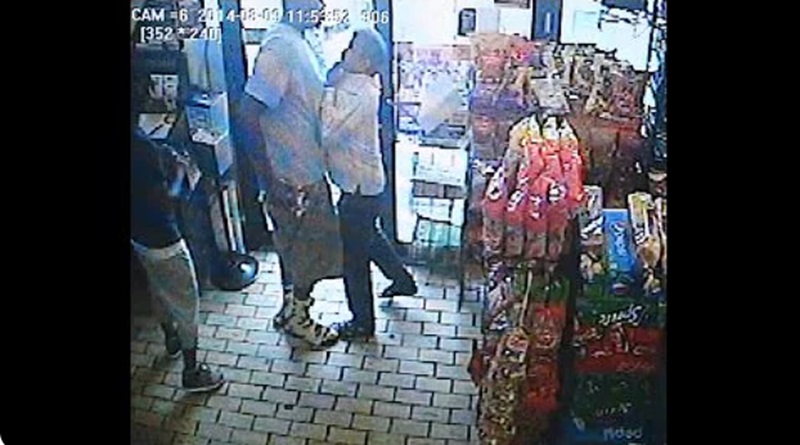
A decade ago I was on the ground covering the Michael Brown shooting in Ferguson, Missouri. Other than the burned and boarded-up buildings the street had an almost carnival-like atmosphere. Families were meandering complete with baby carriages and school-aged children periodically raised their hands in the “hands up, don’t shoot” mantra and salute.
I hadn’t expected to get a ride-along but after some verification that I was the real deal, I was on patrol as one of a four officer patrol unit with an assisting agency. Ride-alongs have been an important learning tool for me over the years and every agency handles them differently. Some have treated me like an average curious citizen, others treat me like a fellow officer and expect me to pull my weight. I don’t know what this agency’s normal policy was, but given the conditions, I was handed a spare sidearm and ballistics vest.
Our first call was a fire department assist on a medical call for a child in distress. It had become apparent that anything with lights on top and occupied by someone in uniform faced risks from some agitated members of the crowd. Fortunately, our call was unimpeded, but we set up a protective perimeter where I accepted a post on point. Meanwhile, in another section of the city, an ambulance had been obstructed and delayed while trying to get to an injured man in a parking lot.
There were other incidents where non-law enforcement first responders could not access their emergencies safely, resulting in the need for law enforcement to respond with emergency medical and fire service. This meant that many such responses were delayed because of the heavy commitment of police officers leaving none immediately available to establish a safe zone for their other emergency service colleagues.
The latest tragedy is the severe injury suffered by Ferguson police officer Travis Brown along with two other officers hurt on August 9th during a protest marking the tenth anniversary of the Brown shooting.
There are always sad stories attached to every officer-involved shooting (OIS). There are also always bad renditions of the story, and the Ferguson upheaval is a prime example. As a Missouri native and frequent traveler to St. Louis, I was quite aware of the problem of racism in that city, of which Ferguson is a suburb. The fuel for the fires of the riots was in no short supply, so the Twitter version of Officer Darren Wilson’s OIS was all too easily swallowed hook, line, and sinker.
The first person providing an account of the OIS was Dorian Johnson. Johnson, who was the subject of a warrant in an unrelated case from a different Missouri town on a charge of false reporting, stated that Brown was shot in the back by Wilson, giving rise to the “hand up don’t shoot” claim. That statement, as well as other parts of his testimony, was contradicted by the physical evidence. The narrative of an unarmed black teen shot during a surrender, although disproven, has been imprinted on the culture and refuses to be replaced by the truth.
What really happened is documented through multiple investigations by multiple agencies, including a grand jury, multiple autopsies on Brown, and a forensic examination of the patrol car where the first physical confrontation between Brown and Wilson occurred. Wilson was not charged and it is hard to believe that if there had been a thread of potential for proof of any state or federal crime or misconduct, he would have been.
Still relying on legacy media, an official statement by Ferguson Police Chief Thomas Jackson on the event was not made until long after the narrative of murder had driven residents into the streets. It was not long before agitators arrived from out of the area, national media began coverage, and national personalities like Al Sharpton and Barrack Obama joined in the vilification of the police.
It isn’t likely that facts will overcome the presuppositions of those who want to leverage the false narrative of Ferguson, but perhaps, in time, those who want to pursue justice will do so under the banner of truth rather than legend.
Make a difference. Support the NPA.